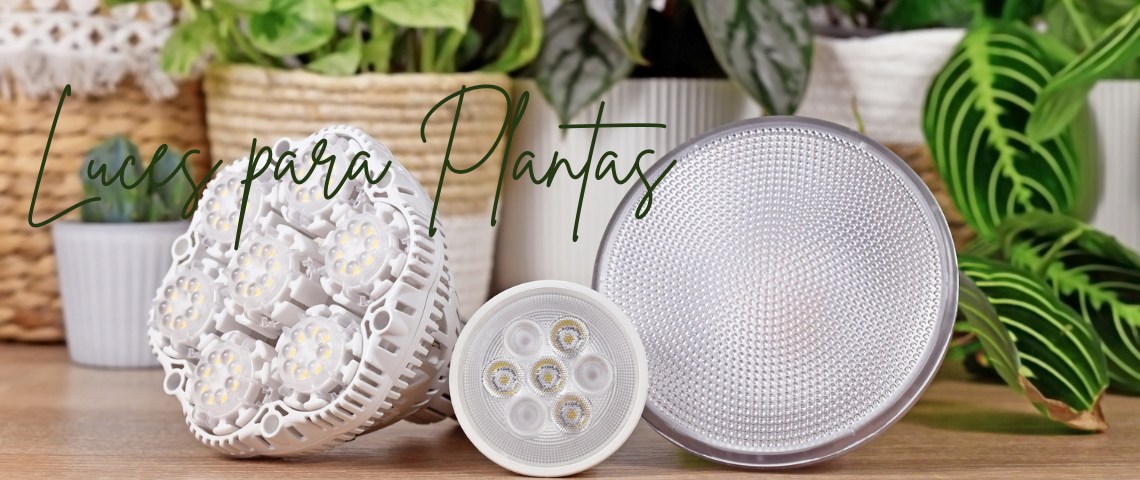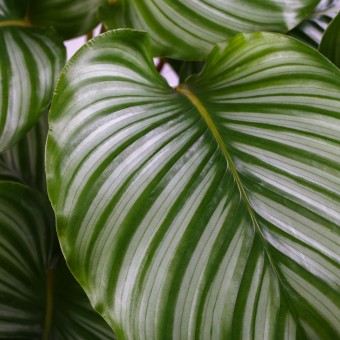-
Grow light for houseplants

If you're passionate about plants, you're likely familiar with the concept of grow lights. In this article, we'll delve into the world of grow lights and explore the situations where they're particularly useful. If you're curious about how and when to use these innovative lighting solutions, keep reading - we've got you covered!
It's essential to understand that plants rely on warmth to thrive and grow well, and in some cases, insufficient light can be a major issue. If your plants are struggling due to a lack of light, consider using grow lights as the most effective solution to promote their health and well-being.

lights for the growth of your plants
This article highlights the advantages of using LED grow lights over traditional incandescent lamps, which were previously used as a functional light source for plants. However, these lamps produced heat, which could have had negative effects on plant growth. In contrast, LED grow lights offer a more efficient and beneficial solution, as they can direct heat to a specific point and consume significantly less energy.
LED

LED lamps (LEDs or LED lights) designed for indoor growing harness the power of LED technology to provide a reliable and adjustable source of energy for plant cultivation. By offering precise control over the light spectrum, these lamps enable optimal plant growth and development. The benefits of using LED lamps for indoor growing or in greenhouses are numerous, as they provide a consistent and non-damaging light source that does not compromise the quality of the plants. This results in a more manageable and efficient growing process, ultimately leading to healthier and more thriving plants.
When do we use grow lamps?
Grow lights are typically used when plants indoors or in greenhouses require additional lighting to thrive, as they don't receive sufficient natural light. In these situations, grow lights provide the necessary illumination for the plants to grow and flourish.
Advantages of using LED grow lamps

Nowadays, technological advances have given way to grow lights as a healthy form of plant care, and it is well known that LEDs consume very little energy and at the same time are not damaged in a short time.
LED lights provide essential light for plants
Plants absorb and respond to specific wavelengths of light, often referred to as "growing light" within a particular spectrum. The higher the concentration of a specific color within this spectrum, the more the plant absorbs and the more it can grow.
LED growing lights have low energy consumption
LED bulbs have a significant impact on energy consumption by using electronic components that provide the desired illumination without the need for filament heat. Unlike traditional lamps, they don't emit toxic mercury gases or use unnecessary heat. In comparison, LED lamps use much less energy than traditional lamps.
For example, 24 LED lamps in a greenhouse consume a total of 144 W, whereas 24 conventional lamps would consume 1440 W. Additionally, traditional lamps often generate unnecessary heat that can harm plants, making them a less desirable option.
LED lights repel insects
Utilizar lámparas LED en los cultivos tiene una ventaja de la que casi no se habla y es la de repeler a los insectos voladores. Esto se debe a que la mayoría de los insectos siempre buscan espacios cálidos y justamente las lámparas LED no emiten calor sino que son consideradas lámparas frías. En caso de insectos rastreros si se debe buscar otra solución para que no ataquen a las plantas.
Each plant light produces a distinct effect, and the functionality of LEDs depends on the type of lighting they emit. Below, we'll explore the different types of LED lighting and their effects on plants.

types of LED lamps and their functions
Each light in plants has a specific effect, and LEDs are highly functional depending on the type of illumination they emit. Here's a breakdown of the different types:
- White LED (illumination): plants need white light to initiate the photosynthesis process, which marks the beginning of the nutrition stage. White light is characterized by providing sufficient illumination for plants to initiate this process.
- Red LED (infrared): these LEDs are used for indoor or greenhouse cultivation. They are managed to ensure proper flowering of plants. It's important to note that, like red light, which helps with natural plant heating and flowering, it can also cause damage if used excessively. Plant temperatures can rise due to red light use, so it's recommended to balance it with white and blue lights.
- Blue LED (UV rays): these rays are essential for plant illumination. They are directly absorbed by plants for growth. Like infrared light, blue light also requires controlled use to avoid harming the plant.
The type of lamp you choose requires careful attention when using it, and it's essential to achieve a good balance. The amount of illumination provided by a specific type of light to a plant can make a significant difference in its development, flowering, and photosynthesis.
conclusion: the best option for growing and weeding houseplants
In general, the combination of red and blue lights from LEDs enables optimal growth and development of indoor plants. The advantage of LEDs lies in their ideal energy production, for example, a red LED should emit light at a wavelength of 660 nm, a blue LED at 470 nm, and a white LED should maintain a wavelength of 612 nm, as it will mimic natural sunlight.

take a look at our website!
Visit our website at www.florespana.es to discover more articles like this one. Our website is constantly updated with diverse content for our customers and users. In addition to our extensive selection of indoor plants, you can also find a wide range of outdoor plants online, perfect for transforming your balcony, patio, or garden.
"I had a large dead tree in my yard that needed removal, and the tree trimming & removal service I hired made the process quick and easy. They were prompt, affordable, and left the area spotless. So happy with the results!"